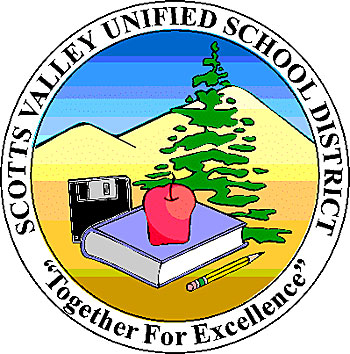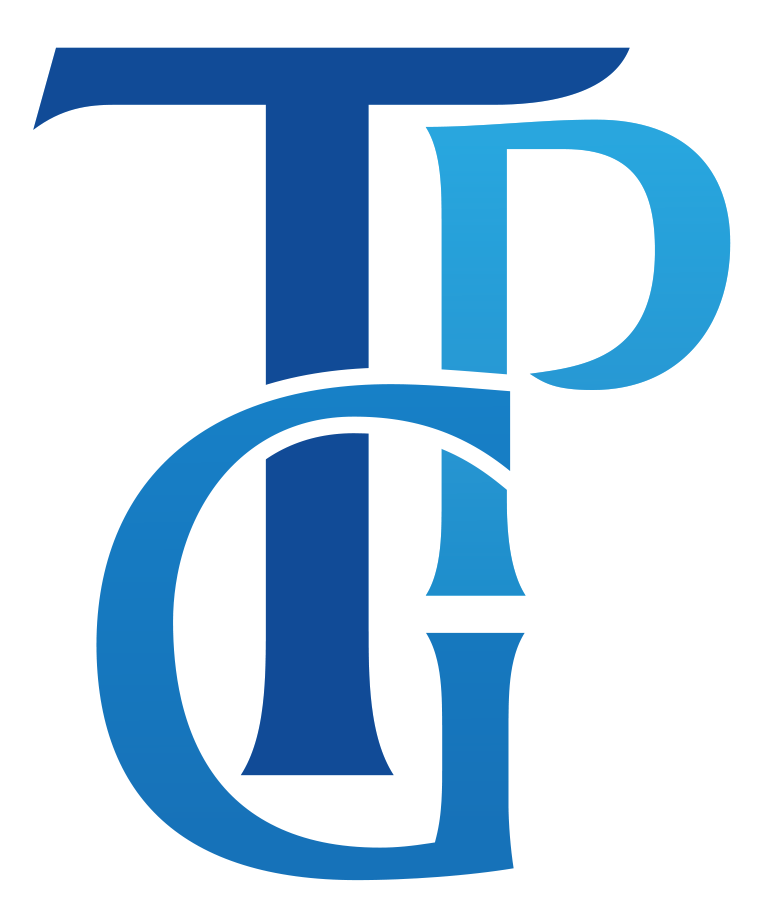
•••
UPDATE: In the original publication of this article, it was reported that Stephanie Espinola had dropped out of the race, which is false. Espinola, 51, has been a school volunteer for many years and was hired by the school district Aug. 25 as part-time special education aide at Scotts Valley Middle School after filing her candidacy papers. County Clerk Gail Pellerin believes if Espinola would have to choose between the Board and being an aide for the school if she is elected. “I did not campaign due to Ed. Code,” Espinola said. “If I am elected I will serve my time on the board.”
•••
BACKGROUND: Measure A authorized the district to borrow $35 million in order to fund the replacement of the district’s 70-year-old middle school. The bond measure directed $33 million towards the construction of a new Scotts Valley Middle School, supposedly leaving two million dollars for earthquake safety repairs at Vine Hill Elementary School and Brook Knoll Elementary School but this is not enough to also upgrade the elementary school and high school facilities. Many of the elementary school classrooms are so-called temporary facilities and the High School building and grounds need significant upgrades and repairs.
We asked all the candidates just one question about capital improvements for the District. Here are the answers of those candidates including Kim Schultz and Sue Rains. (Corey Warner did not respond.)
- How can the district finance the replacement or modernization of many of its elementary school and high school facilities?
Long term, the district must deliver the project within the approved budget to earn the trust necessary to seek additional local funds for the elementary and high schools. Facility funding should be spread over time commensurate with the useful life of the facility, and the investment and quality of life we enjoy in our community. Facility funding should not compete with instructional and operational budgets and we must do a better job of communicating the realities of school finances in a comparatively rich community.
Additional funds could come from passage of State Proposition 51, a $9.0B bond to repair and upgrade schools. With voter approval, we could look at lease financing alternatives or additional facilities bonds. It will take creative ideas and transparency with the community to find the necessary funding.
Additional revenues we might seek through a tax measure should go towards retaining teachers and gradually absorbing the costs for sports, arts, music, and counseling programs. These should not rely solely on donations, which can fluctuate significantly and place them at risk. The board should focus on these priorities and demonstrate fiscal discipline. The community will then be far more likely to provide the support needed, when asked.
In the future, the district might not be able to pass another bond measure because the lack of credibility. If elected I will work hard and search for other funding avenues such as competitive grants or creative funding – enlisting the help of school funding experts – we need to explore every funding opportunities at local, state and federal levels.
Other avenues of financing for facilities that exist are: possible future Government Obligation bonds passed by community vote; local developer fees received from construction averaging $100,000 per year; by Board direction, 3% of our General Funds received each year (approximately $50,000) put towards the Routine Restricted Maintenance Fund; and monetary donations received
The School Board welcomes ideas that are “out of the box” but the restrictions that apply and allowable fundraising methods for a school district must be taken into account.
- Benefits of addressing the need for students, teachers, the community at large, regulatory compliance, and our education curriculum.
- Urgency of addressing the need
- Cost of the need
Then, I would try to find ways to address the most valuable needs, either within the current budget, addressed over time according to urgency, or with alternative funding, such as a bond. With a coherent plan, we would be able to show the community what we’re able to do within current budget constraints, and what we would need to ask the community for help with another bond, if needed. We must demonstrate clear needs and benefits for items that require additional funding.
